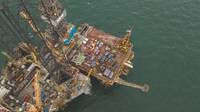
Shallow gas reservoirs drilled into at a 60-degree angle from the surface in the 1980s have posed a unique decommissioning challenge – resulting in a new design modular plug and abandonment (P&A) unit.When it comes to decommissioning, many operators…
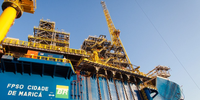
Brazil’s offshore oil and gas sector: it’s complicated, challenging and rife with opportunity.Brazil today is seeing offshore activity increase, production is on the rise, and its government has made significant strides to remove obstacles for investment…
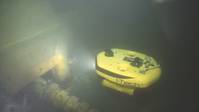
It’s long been a vision to have underwater vehicles able to support subsea operations without reliance on a surface vessel. We’re closer to this vision than ever before, but what’s new that wasn’t in place before to make this happen?Earlier…

Sean Halpin, Director, Product Management and Marketing, at relatively new entrant Houston Mechatronics, says that cost is driving a willingness to innovate. “Financial efficiency is a significant priority for the world’s oil companies in this…
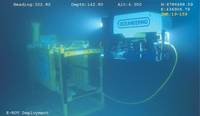
Steffan Lindsø, Director of Emerging Technology, Europe, at Oceaneering, discusses resident subsea systems and why uptake today looks more likely than in the 2000s.What was missing in the early 2000s?The primary missing component for this to make any operational sense has been communications…

Companies successful in reducing their capex and opex costs in the real world often do so by taking advantage of the digital world.There’s a reason terms like big data, digitalization, artificial intelligence (AI), machine learning and the digital…

Operators are on digitization journeys linked to life extension projects that aim to make the most of older infrastructure. Proposed tiebacks at ConocoPhillips’ Tor II and on Aker BP’s Ivar Aasen projects look set to reveal a special benefit to “freeing data”…
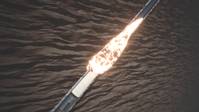
The P&A scope is large and the challenges diverse. It’s also an activity that’s increasing. In 2017, for the first time, more wells were abandoned in the UK North Sea (approximately 160) than new wells were drilled (less than 100), as fields reach the end of their productive lives…
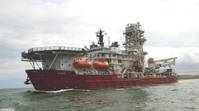
The North Sea oil and gas industry’s 50-plus year heritage now means that history is being revisited as facilities – including subsea wells – installed decades ago are decommissioned.One is the first early production system tieback, which included…
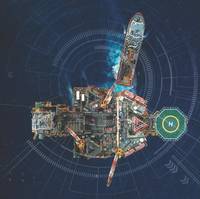
Following a few years of low oil prices and a drop in rig utilization rates, drillers remain focused on ways to improve operational efficiency and safety.Many of the improvements to rigs are evolutionary, such as automation, remote control and sensing…
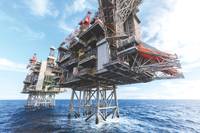
Asset managers leveraging advanced sensor technologies, vast pools of stored and processed data, and real-time analytics are able to foresee—and prevent—costly component failures.A recent report from Lloyd’s Register points out that predictive…
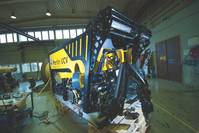
Remote operated vehicles (ROV) have become standard workhorses for the offshore industry, providing vital support to underwater operations, from drilling to servicing the latest subsea processing technologies. But, they’re now undergoing a transformation…
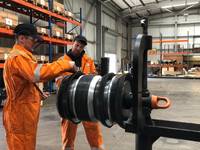
Confidently setting an environmental barrier for plugging and abandonment (P&A) operations has traditionally been limited to mechanical bridge plugs and inflatable devices. At a fraction of the cost of conventional tools, Coretrax, the wellbore clean-up and abandonment specialist…

The temporary abandonment or suspension of a well is a vital early stage of decommissioning whereby the well is isolated using methods such as bridge plugs, cement squeezes and packers. This allows the wellhead and/ or blow out preventer (BOP) to be safely removed…